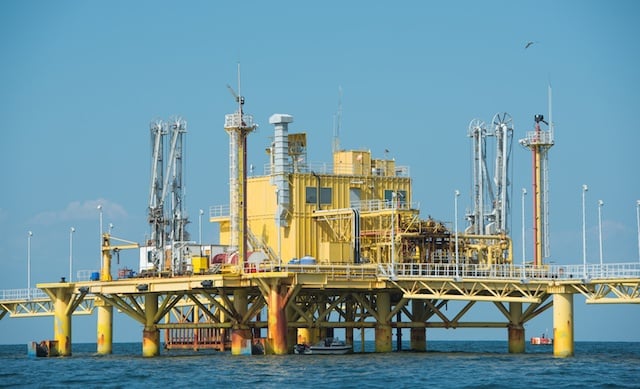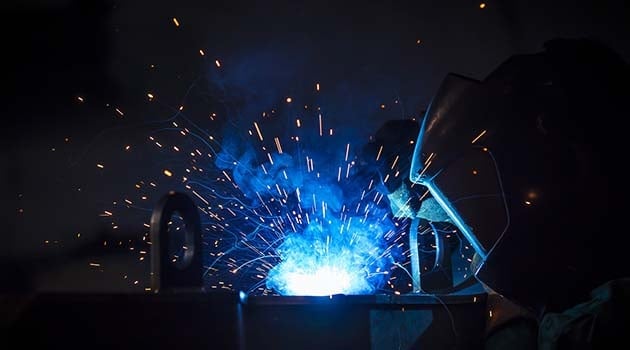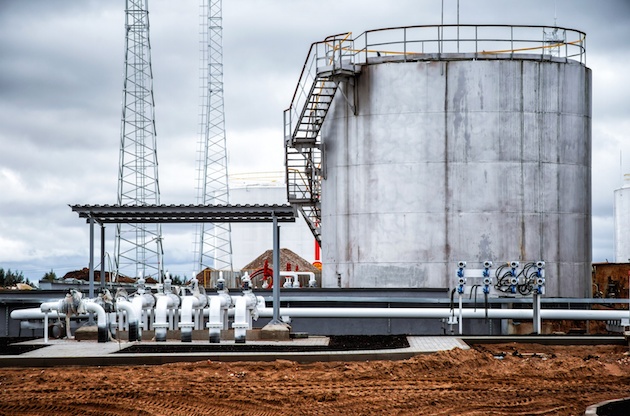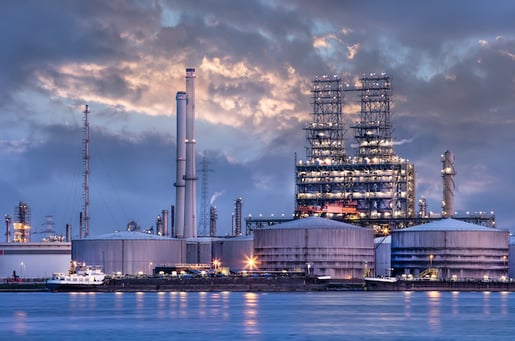
Some alloys really stand the test of time. INCONEL alloy C-276 is certainly one of these, having had a strong reputation for offering outstanding corrosion resistance for over 50 years. In fact, it is considered the most universally corrosion-resistant material currently available.
Its ability to resist both alkali and acid media means that it is employed across a wide range of different industries. It’s resistant to general corrosion, stress corrosion cracking, pitting and crevice corrosion in many severe environments.
Chemical processing, for example, can introduce a number of different factors that can cause corrosion, including reducing and oxidising acids, highly oxidising, neutral and acid chlorides, solvents, formic and acetic acids, acetic anhydride, wet chlorine gas, hypochlorites and chlorine solutions. Despite the severity of the media in these situations, INCONEL alloy C-276 continues to show superior resistance. It is also resistant to sulfuric acid, hydrochloric acid, phosphoric acid and seawater.
One of the reasons that it is so versatile as a material is that is can be easily worked without reducing its overall corrosion resistance. It can resist carbide precipitation during welding, meaning that it can be used as-welded for most applications.
Composition
It’s the chemical composition of INCONEL alloy C-276 that gives it these desirable properties. The expertly balanced combination of key elements has resulted in a superalloy that is utilised for all manner of projects and components.
High corrosion resistance is experienced due to the combination of nickel (balance) and chromium (14.5-16.5%). The addition of molybdenum adds resistance to localised corrosion, such as pitting. It also adds good strength and stability, even at higher temperatures.
Carbon only accounts for a maximum of 0.01%, and this very low content is what gives the aforementioned carbide precipitation resistance during heat treatment and welding, so that the alloy maintains its properties. The alloy also has around 3-4.5% tungsten, which is carefully controlled to ensure that the alloy can withstand severely corrosive environments.
Applications
The unique properties of this alloy mean that it has been used for many different industries and applications. It’s often used in chemical, pharmaceutical and food processing for the production of components including heat exchangers, reaction vessels, evaporators and transfer piping.
It can also be used for pollution control, for things like stack liners, ducts, dampers, scrubbers, stack-gas re-heaters, fans and fan housings. Other uses include pulp and paper production, industrial and municipal waste treatment, and the recovery of sour natural gas.
To find out more about the properties and composition of INCONEL alloy C-276, take a look at the product page. To speak to a member of our tram to discuss your project, please contact us.
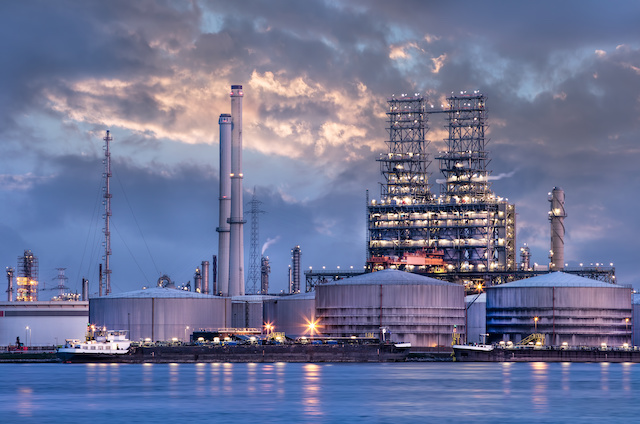 The Composition and Properties of INCONEL C-276
The Composition and Properties of INCONEL C-276